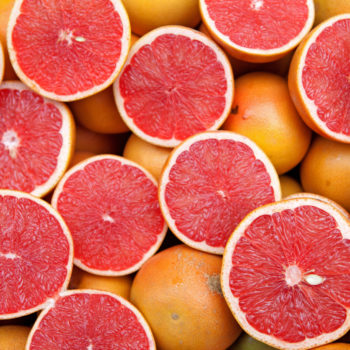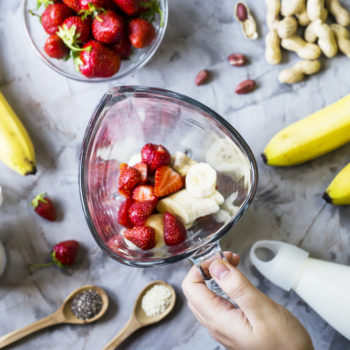To combat the cold and withstand low temperatures, nutrition, what we eat and what we drink can also help keep our bodies warm. Dr. Roberta Monzani, Anaesthetist in charge of the Day Hospital Surgery of Humanitas, talked about it in an interview.
What happens to our body when the temperatures drop
When the cold is felt and the temperatures are lowered, so is the internal temperature of our body: below 37°C there are some processes such as skin vasoconstriction, a phenomenon in which our body tries not to disperse heat: “If exposure to cold is prolonged, the energy stored in the body is “eroded” and there is a risk of hypothermia, or rather, recklessness, with the body temperature falling below 35°C. The risks increase if an individual is sweaty or wet: even temperatures around 4°C can be dangerous”, explained Dr. Roberta Monzani.
Foods that warms you up
“During these months with the coldest climate, the most suitable foods are products such as lamb, lentils and ginger. The latter is very useful because it is a vasodilator, it acts on the vascular system producing heat,” explained Dr. Monzani. Also spices hide a “warming” effect: “Pepper contains an alkaloid, piperine, as well as oleoresins, essential oils, glycosides and polysaccharides, which stimulates the formation of saliva and the secretion of gastric juices. Therefore, it stimulates digestion, as well as having diuretic properties. Rich in potassium, calcium and phosphorus, it also seems to have antiseptic and aphrodisiac properties. It is considered a metabolic stimulant, useful in weight control, and determines a higher degree of absorption of food nutrients; for example, the nutrients of turmeric, which determine some of its properties, are assimilated to a greater extent if we add a pinch of pepper. In herbalist shops it is available in dry extract and in ointments for topical use, to soothe chronic joint pain.
Beverages
Many people are convinced that there is also alcohol between drinks and heating foods: “It is a false myth – said the doctor -. We are not referring to a glass of wine drunk during meals but to the more than moderate consumption of alcohol and spirits. Alcohol is yes vasodilator but its effect is ephemeral, does not act properly on the metabolism, indeed it leads to imbalances in the metabolism of sugars. Finally, it can cause excessive heat loss.
To keep our bodies well hydrated even when we feel less thirsty, “we can make up for it by making tea and herbal teas. In this way we ingest liquids at a temperature that helps warm the body and, in the case of herbal teas, if we choose the right ingredients, we can also maximize the benefits: the ideal is, for example, a ginger herbal tea,” concluded the doctor.
In general, concluded Monzani “the indication to be put into practice is to follow a balanced diet that favors the consumption of fresh seasonal products. This is because the body requires to respect the seasonality in the intake of fruits and vegetables. The consumption “at the right time” impacts on the production of heat for protective purposes to avoid thermal imbalances. In this way, each food, consumed when needed, will stimulate certain paths of and not others that, in that particular season, should not be stimulated.
“Products derived from wheat, peas, maize, mushrooms, potatoes, eggs: their balanced consumption has an impact on the metabolism and production of fats, proteins and sugars without any imbalance. In the transition between seasons, priority should be given to the so-called fresh foods (tomatoes, eggplants, milk) and for the spring also the so-called “freshly heated” foods, such as meat, turnips, pumpkin, chicken, coffee.








